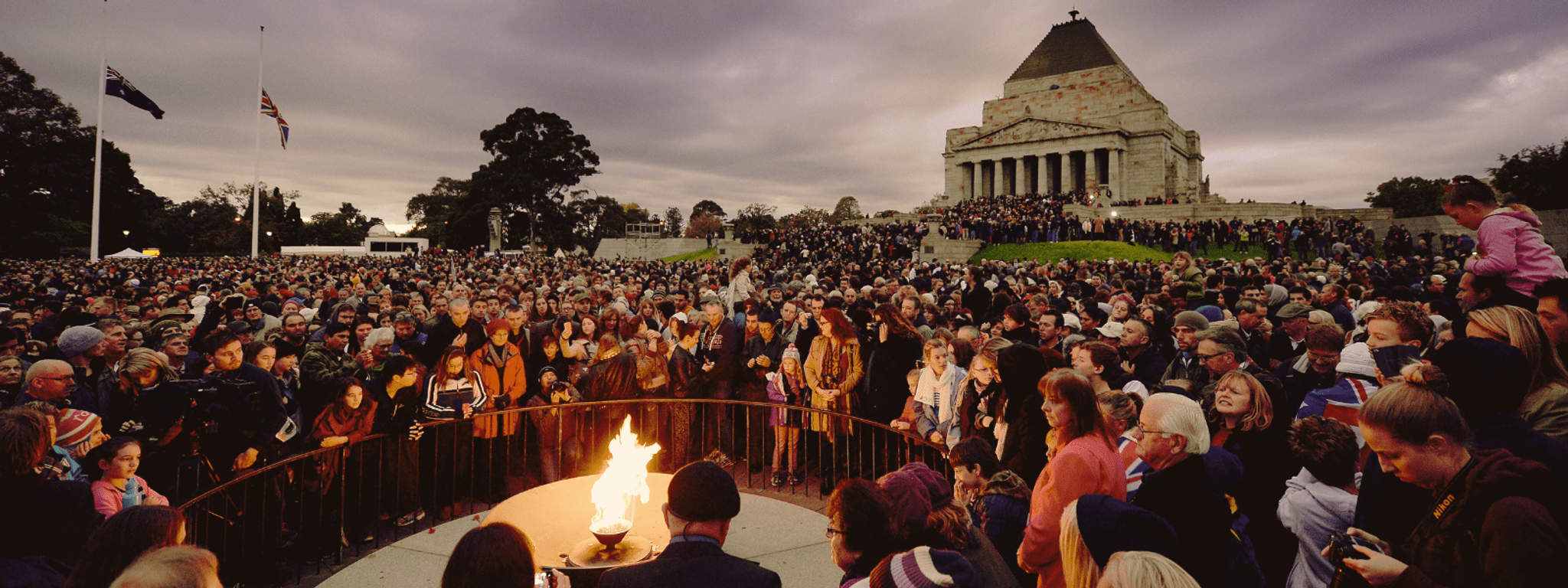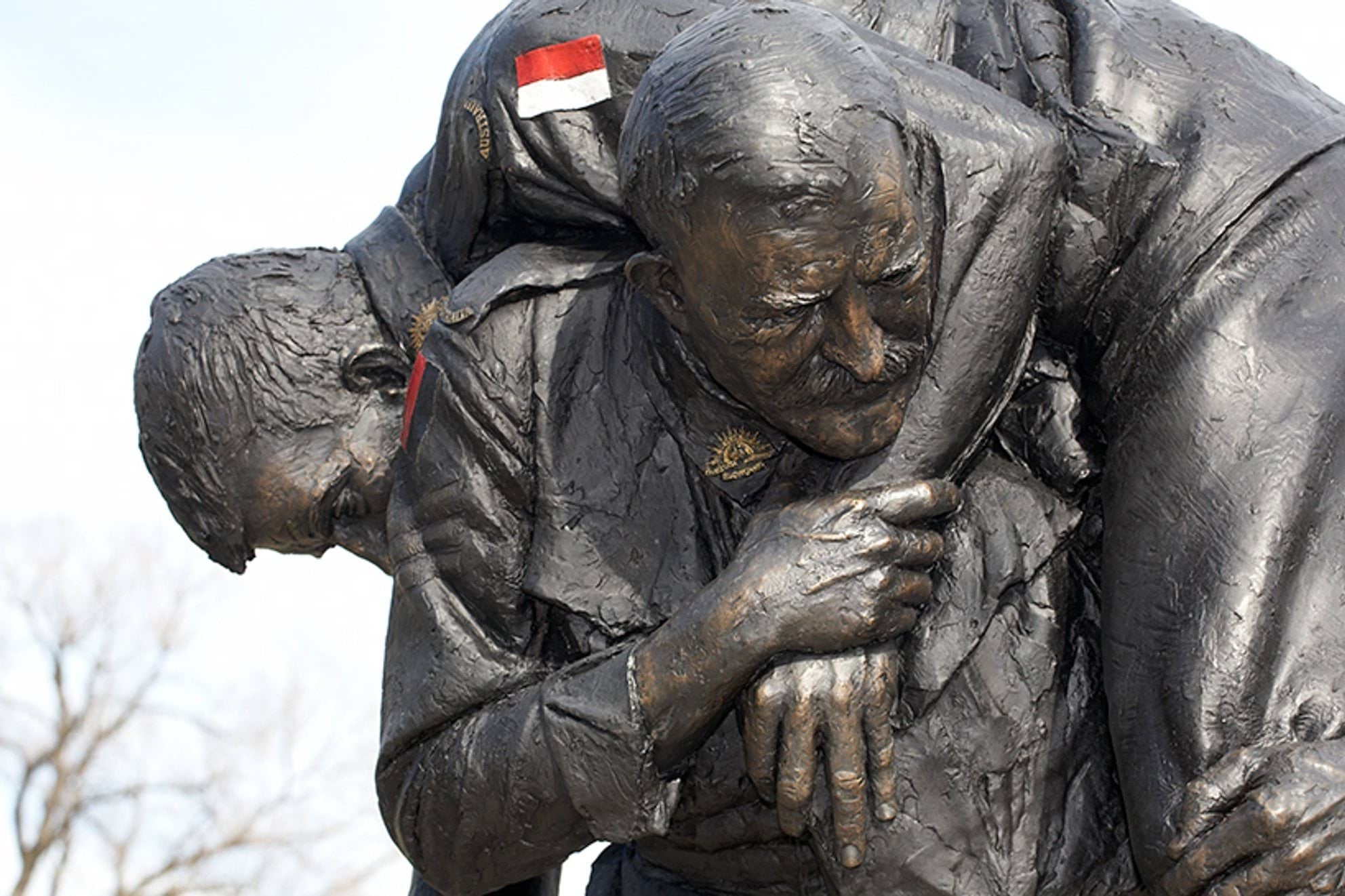What is Anzac Day and why do we observe it every year?
Every year on the 25th of April—Anzac Day—hundreds of thousands of Australians and New Zealanders around the world gather at dawn.
Anzac Day is a time for the community to come together to remember and recognise the service and sacrifice of members of the Australian Defence Force. Originally a commemoration of the landing of Australian and New Zealand forces at Gallipoli in modern-day Turkey in 1915, Anzac Day is a public expression of gratitude and reflection that resonates to the present day.
History of Anzac Day
ANZAC is an acronym and stands for Australian New Zealand Army Corps, the name given to the body of troops raised by the two countries to aid the British Empire in the Great War. Throughout the war Australian and New Zealand troops, or 'Diggers' and 'Kiwis', would live, fight and die alongside each other creating a bond between the two nations that still exists today.
Anzac Day is inextricably linked with the landings at Gallipoli in the Dardanelles Strait on the 25th April 1915. On this day ANZAC troops were committed to their first major action of the war, and though the campaign would ultimately prove a bloody failure and leave more than 8,000 Australians dead, it marked the beginning of the Anzac legend.
This legend was poignantly put into words by Sir William Deane, Governor-General of Australia on Anzac Day 1999:
Anzac is not merely about loss. It is about courage, and endurance, and duty, and love of country, and mateship, and good humour and the survival of a sense of self-worth and decency in the face of dreadful odds.
The Anzac Day Ceremony
As the home of commemoration in Victoria, the Anzac Day Dawn Service and Veterans' March is held at the Shrine of Remembrance every year. It includes the traditional order of service, Commemorative Address, laying of wreaths, hymns, the sounding of the Last Post and observance of one minute’s silence, and the national anthems of New Zealand and Australia.
Attending Anzac Day with your family
Anzac Day offers a unique opportunity for families to come together and pay tribute to those who served and are currently serving.
The Dawn Service is a solemn and reflective ceremony that begins before sunrise. Due to the early hour and the need for quiet contemplation, we recommend this activity for children aged 10 and above who can appreciate the significance of the occasion and participate respectfully.
The Anzac Day March commences at Swanston Street near Federation Square at approximately 9am. Families are welcome to show their appreciation for our veterans by clapping or cheering as they pass. Marching bands add to the occasion, which is suitable for children of all ages.
The Shrine of Remembrance opens after the Dawn Service concludes. A visit to the Shrine is a memorable experience for the whole family, and includes a unique blend of museum, landscape and memorial. Admission is free.
Updated

